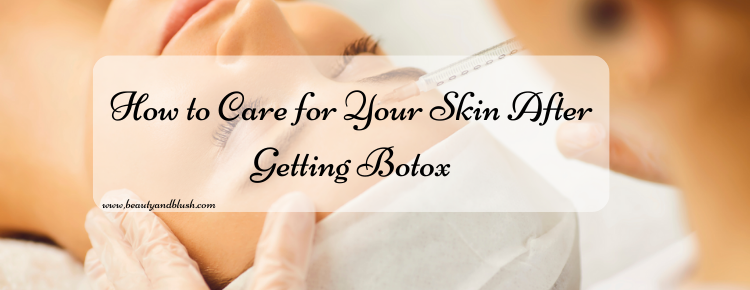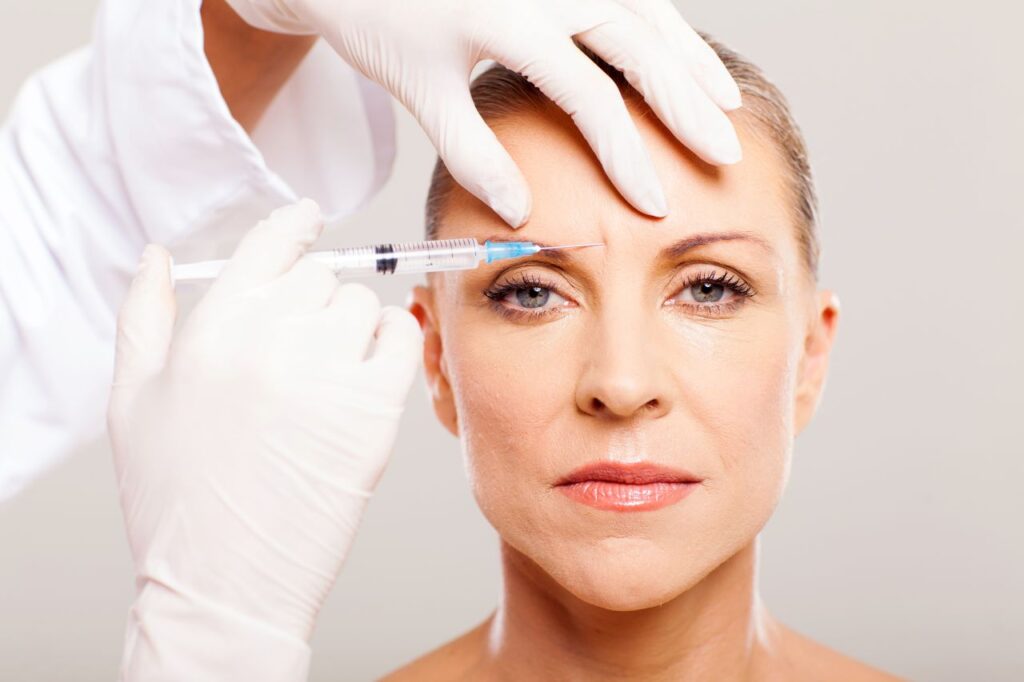How to Care for Your Skin After Getting Botox
Hello Everyone,
Botox, a widely accepted cosmetic treatment known for reducing wrinkles and fine lines, has become a popular choice due to its quick and minimally invasive procedure. However, ensuring optimal results and minimizing potential side effects requires careful post-treatment care. This article will explore crucial recommendations for preserving skin health and promoting a youthful complexion following a Botox treatment.
 Botox: Minimally Invasive Youthful Skin Solution
Botox: Minimally Invasive Youthful Skin Solution
Botox, originating from the Clostridium botulinum bacterium, is a sought-after cosmetic procedure for temporarily relaxing facial muscles and diminishing wrinkles and fine lines. Administered in small amounts, it interrupts nerve signals, hindering muscle contractions.
Widely used for frown lines, crow’s feet, and forehead wrinkles, Botox is a convenient, non-invasive option with minimal recovery time.
Results typically last three to six months, making it a favored choice for those seeking a smoother, more youthful appearance. Botox remains a widely embraced and effective cosmetic enhancement. Treatment is easily accessible by searching for “local Botox treatments” online.
Follow Aftercare Instructions:
Your cosmetic practitioner, well-versed in Botox aftercare, will provide tailored instructions. Adhering meticulously to these guidelines is essential to achieve optimal results. Typically, recommendations encompass abstaining from vigorous physical activity, avoiding touching or rubbing the treated area, and maintaining an upright position for several hours following the treatment.
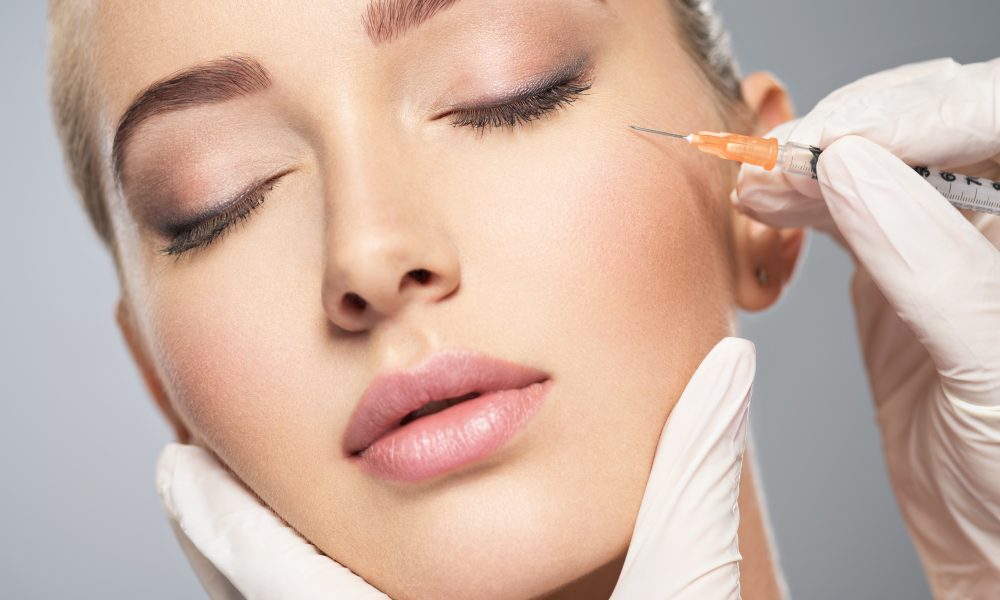
Stay Hydrated:
Ensuring adequate hydration is essential for both general skin well-being and the recovery process following Botox treatment. Consuming a sufficient amount of water facilitates toxin elimination, expediting the healing phase.
Strive for at least eight glasses daily, and contemplate integrating hydrating foods, such as fruits and vegetables, into your diet to enhance skin elasticity.
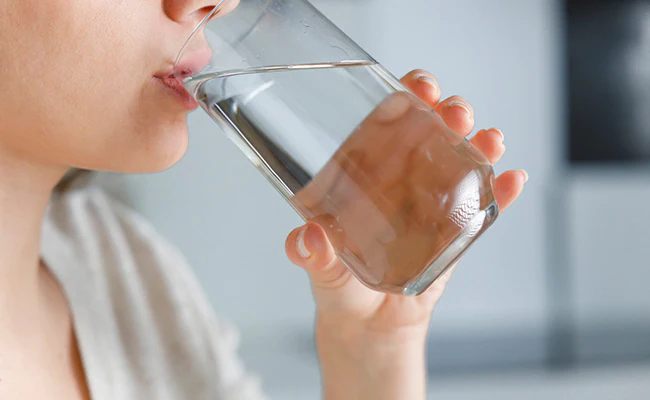
Avoid Sun Exposure:
Safeguarding your skin from sun exposure is crucial following Botox injections. Exposure to UV rays not only exacerbates swelling and bruising but can also compromise the overall effectiveness of the treatment.
It is crucial to apply a broad-spectrum sunscreen with a minimum SPF of 30 and reapply it every two hours.
Additionally, avoiding direct sunlight during peak hours becomes crucial, and for added protection, consider incorporating a wide-brimmed hat or using an umbrella. This diligent sun protection routine not only safeguards your skin but also contributes significantly to the longevity and success of your Botox results.
Gentle Skincare Routine:
Choose a mild skincare regimen during the days after your Botox treatment. Utilize a gentle cleanser, steering clear of harsh exfoliants or abrasive scrubs that could potentially irritate the treated area. Be gentle when applying skincare products, opting to pat your skin dry instead of rubbing to prevent unnecessary friction.
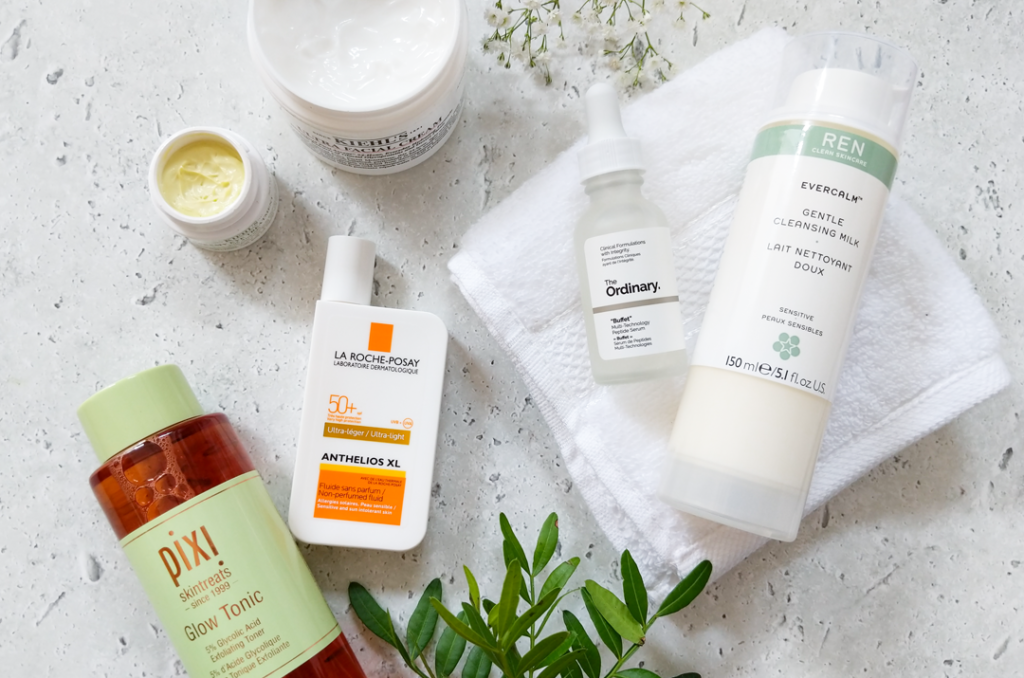
Arnica Gel for Bruising:
Bruising is a common occurrence following a Botox treatment, and although it is a natural aspect of the healing process, there are proactive measures that can be taken. Contemplate the application of Arnica gel to the affected region to reduce both bruising and swelling.
Arnica, renowned for its anti-inflammatory properties, can significantly expedite the healing process. However, it’s crucial to consult with your practitioner before using any topical products to ensure they are safe and compatible with your specific situation, as individual reactions may vary. Taking these precautionary measures enhances the overall effectiveness of the post-botox recovery process.
Conclusion:
Ensuring proper skin care post-Botox is crucial to optimize the desired results. Following aftercare instructions, staying hydrated, protecting your skin from the sun, adopting a gentle skincare routine, using Arnica gel for bruising, and adjusting your sleeping position are all crucial aspects of post-Botox care. Remember, patience is key, and giving ample time for the neurotoxin to work will ultimately result in a more youthful and rejuvenated appearance. Should you encounter any concerns or inquiries throughout the recovery period, feel free to reach out to your cosmetic practitioner for guidance and reassurance.
Sources
